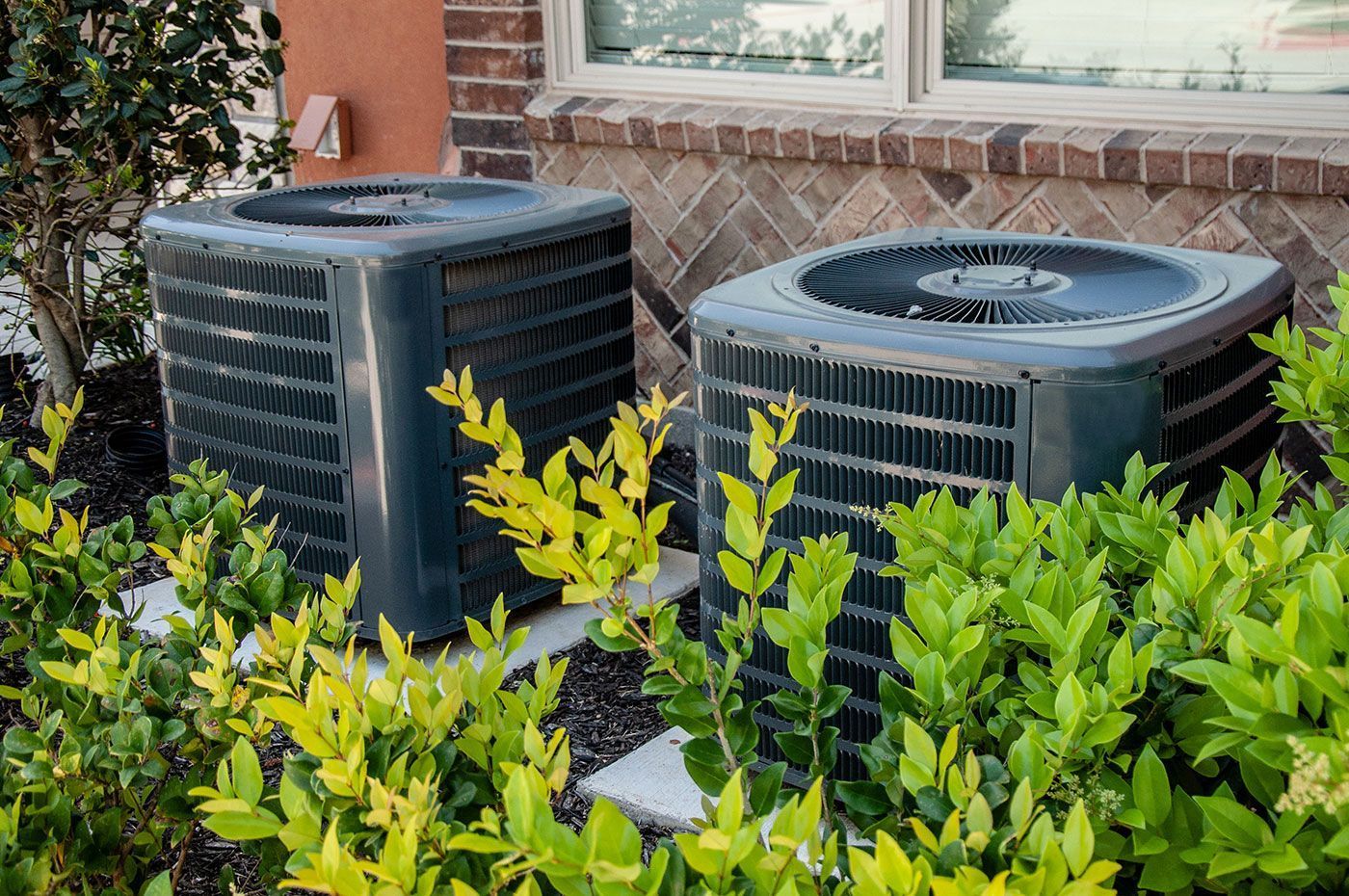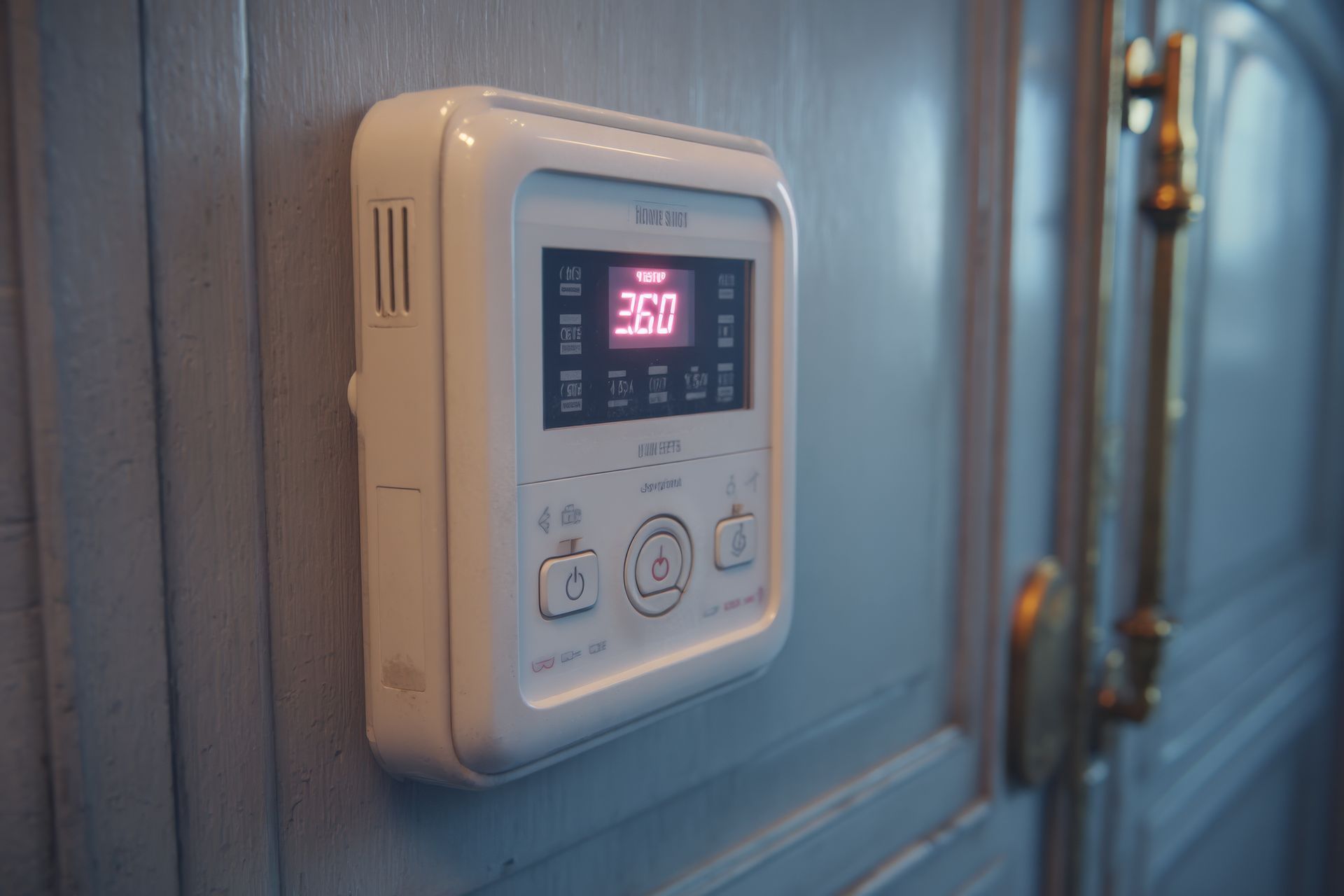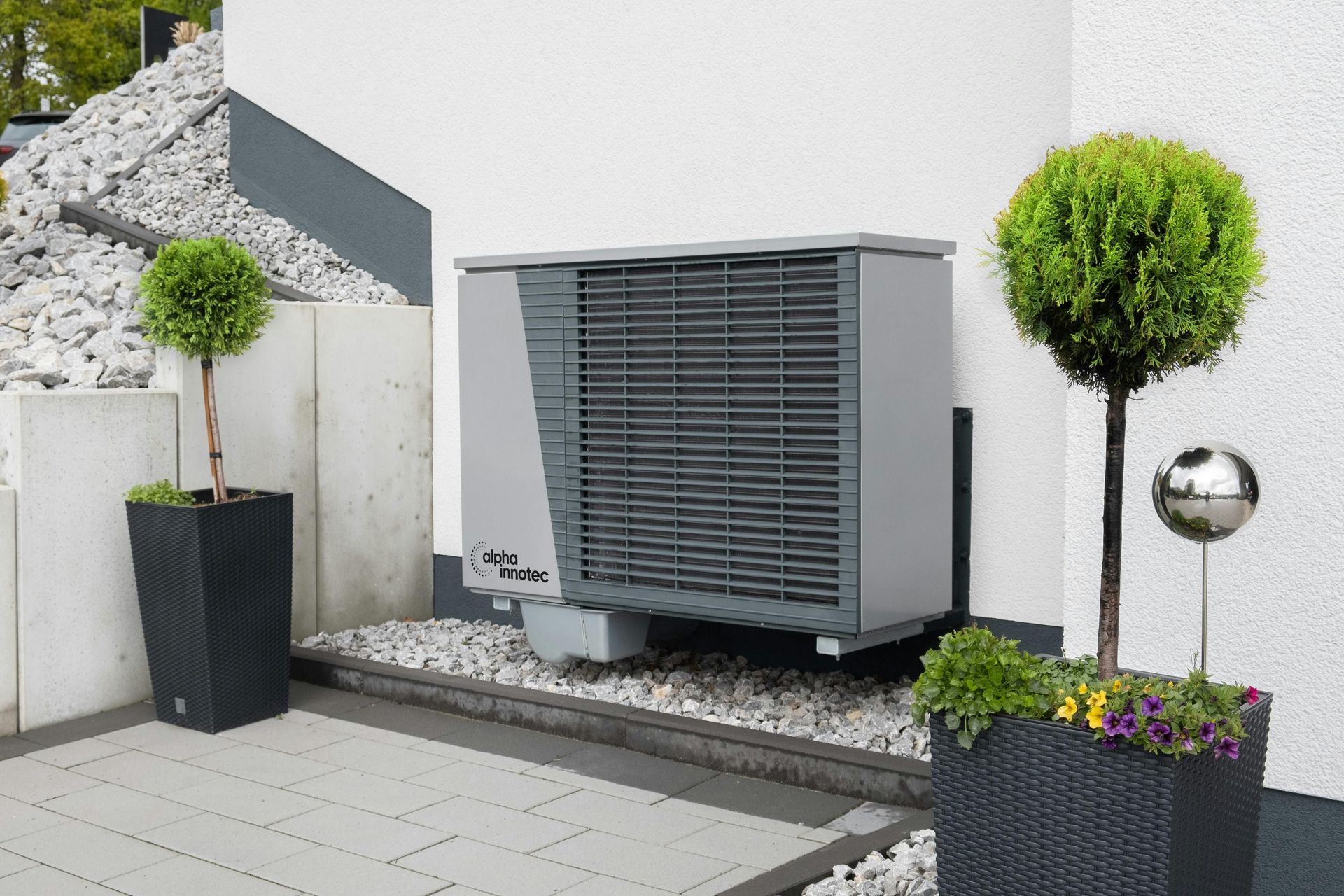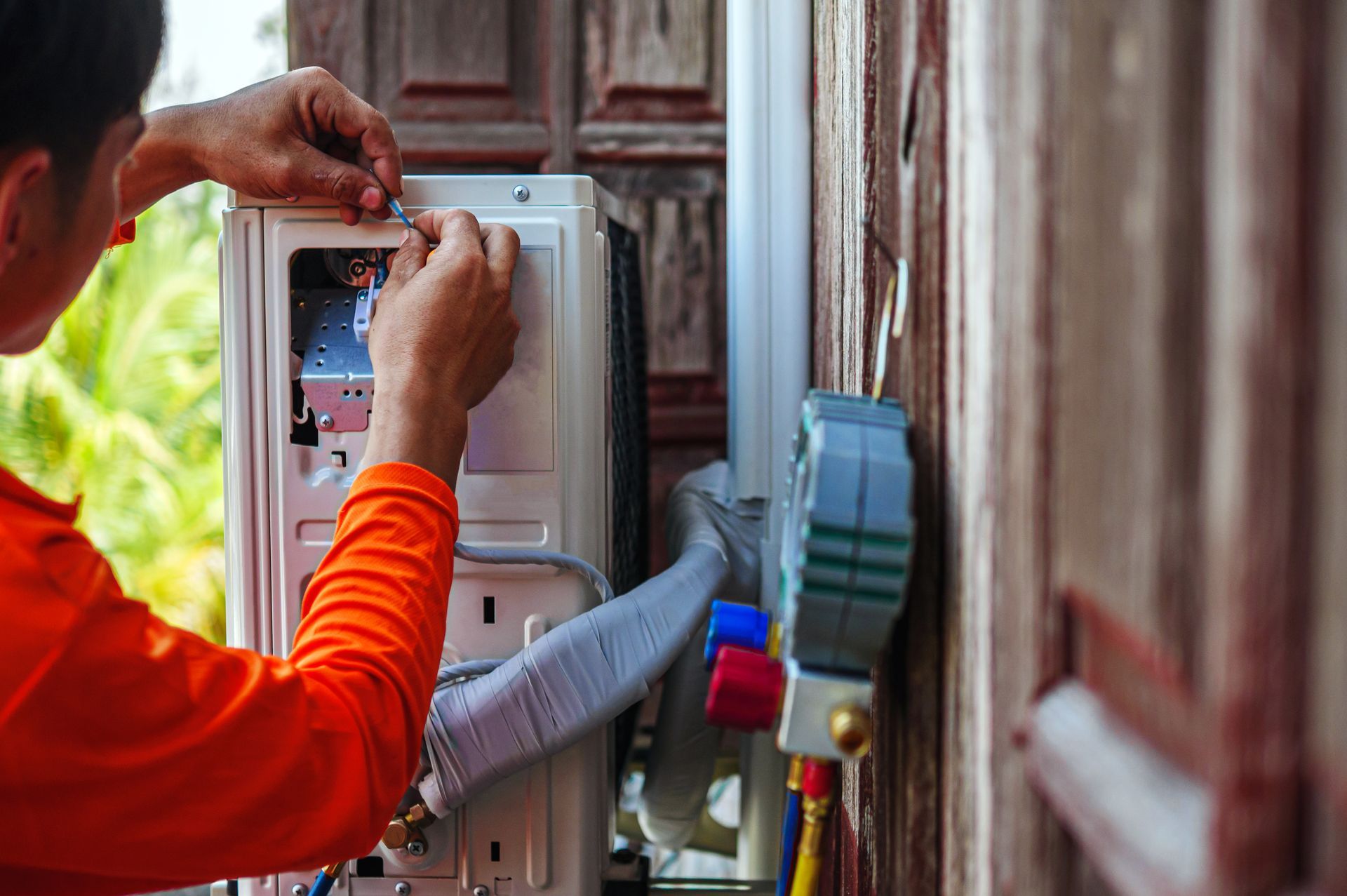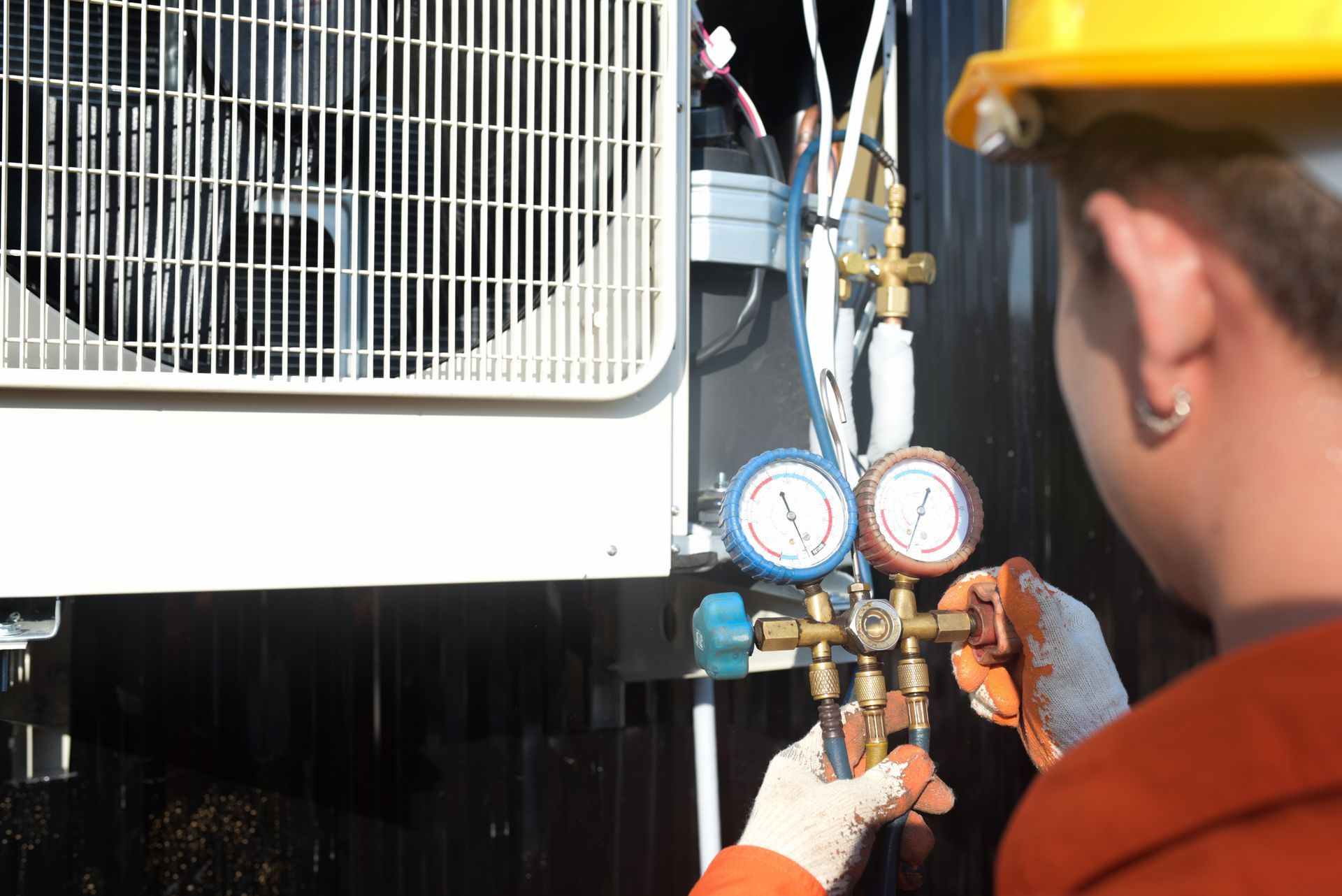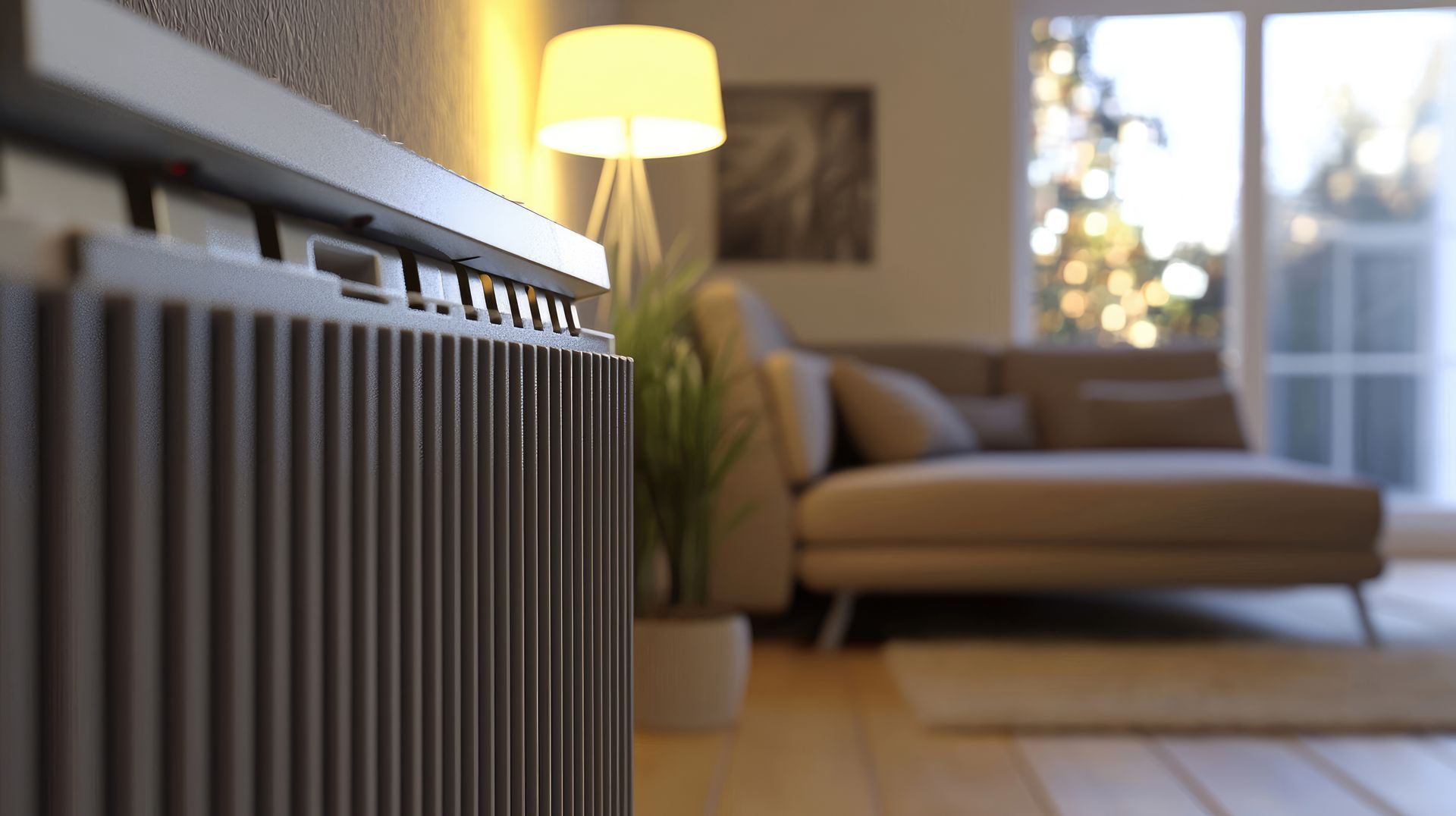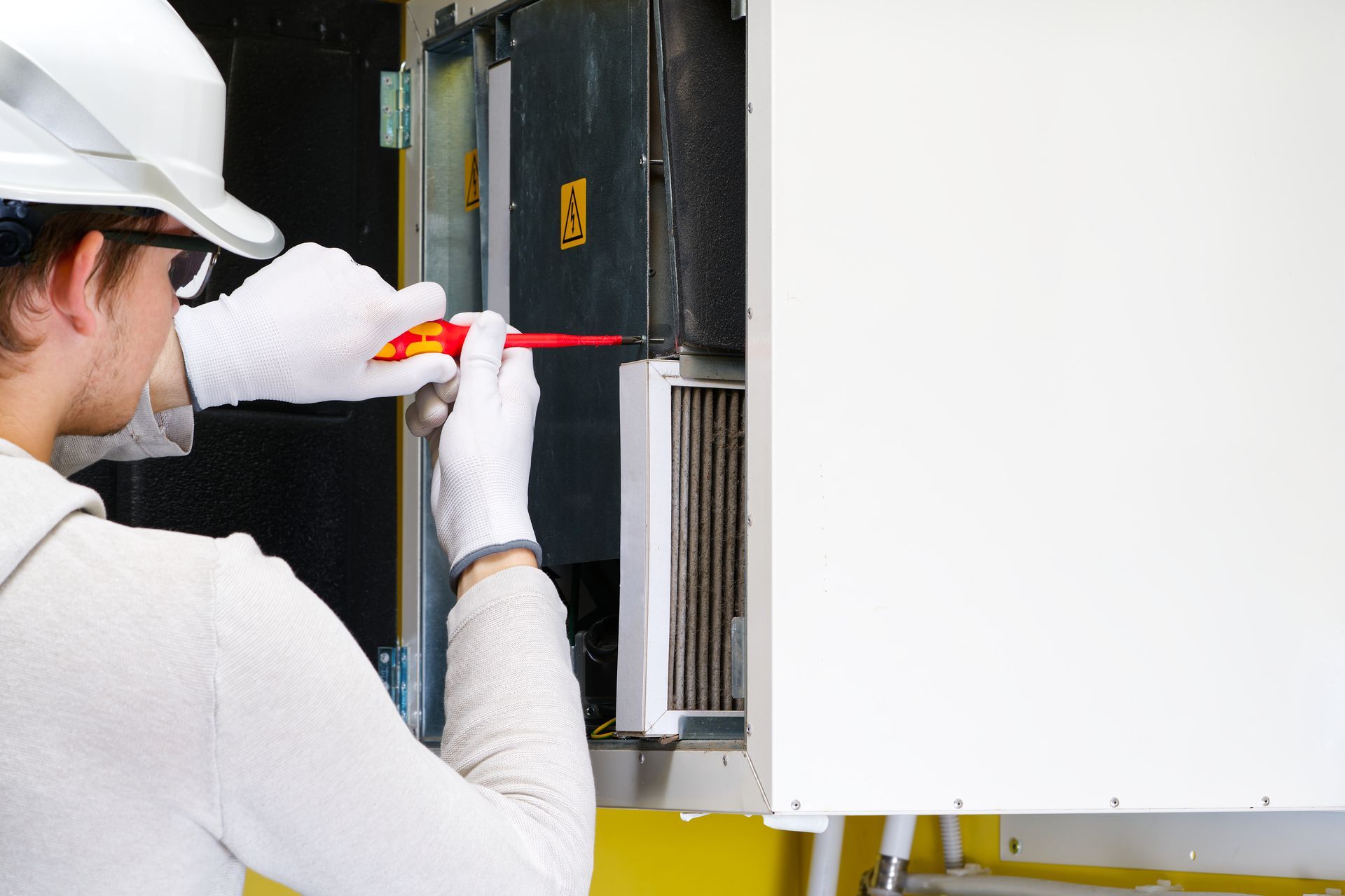When the Oklahoma heat is at its peak, having a reliable air conditioning system is more than a luxury—it’s a necessity. For homeowners in Edmond, OK, making the right decisions about residential AC installation can ensure long-term comfort, energy efficiency, and peace of mind. Installing a new air conditioning system is not just about selecting the first unit you see; it requires careful planning, preparation, and professional guidance.
This checklist will walk you through what every homeowner should know before, during, and after the air conditioning installation process, so you can be confident in your investment.
1. Evaluate Your Cooling Needs
The first step in a successful residential AC installation is understanding your home’s cooling requirements. Not every home needs the same type or size of air conditioning system. Factors such as square footage, ceiling height, insulation quality, and even window placement all play a role in determining the best AC unit.
Homeowners often make the mistake of choosing a system that is either too large or too small. An oversized unit may cool your house quickly, but it will cycle on and off too often, increasing wear and tear while raising energy bills. On the other hand, a unit that is too small will struggle to keep up, running constantly and failing to provide comfort.
A trusted HVAC professional, like Comfort Airworks LLC, can conduct a load calculation to determine the precise size of AC your home needs. This ensures the system is not only efficient but also long-lasting.
2. Choose the Right Type of AC System
Once your home’s cooling needs are determined, the next step is selecting the right type of system. Homeowners typically choose between central air conditioning, ductless mini-splits, or heat pump systems. Each has its advantages depending on your budget, home layout, and energy-efficiency goals.
- Central Air Conditioning: Ideal for larger homes with existing ductwork. Provides even cooling throughout the home.
- Ductless Mini-Split Systems: Perfect for homes without ducts or for adding cooling to specific rooms. Offers zoning flexibility.
- Heat Pump Systems: Provide both heating and cooling, making them versatile year-round options.
An experienced technician can guide you through the pros and cons of each option and recommend the system that fits your lifestyle and energy needs. Selecting the right unit now will save you from costly replacements or frequent repairs in the future.
3. Prepare Your Home for Installation
Before the local AC installation team arrives, preparing your home can make the process smoother and faster. Before the installation begins, we will clear the space designated for both the indoor and outdoor AC units. Move furniture, decorations, or any obstructions out of the way to give technicians easy access.
If your system requires new ductwork or modifications to existing ducts, ensure that the spaces, like attics or crawl areas, are accessible. This preparation allows the technicians to get straight to work without delays.
Additionally, consider your electrical panel. Newer AC systems often require dedicated circuits or additional electrical capacity. A professional will evaluate your setup and, if necessary, recommend upgrades to ensure safety and compliance with local codes.
4. Installation Day: What to Expect
On installation day, the HVAC technicians will arrive with all the necessary equipment and components. A standard residential AC installation usually involves several key steps:
- Removal of Old System: If you’re replacing an existing unit, the old system will be safely disconnected and removed.
- Ductwork Inspection and Modifications: The team will inspect your ducts for leaks, blockages, or damage. Properly sealed ducts ensure your new system performs at peak efficiency.
- Placing the Outdoor Unit: The condenser unit is set on a stable, level surface outside the home. Placement is critical for airflow and noise control.
- Installing the Indoor Unit: The air handler or evaporator is installed indoors, typically in an attic, basement, or utility closet.
- Connecting the System: Refrigerant lines, electrical wiring, and drainage pipes are connected. Every detail must be handled carefully to avoid leaks or malfunctions.
- Testing the System: Once everything is connected, the technicians will test the AC, check for refrigerant leaks, and ensure the thermostat is properly calibrated.
While the process may take several hours, having experienced professionals handle it guarantees everything is done safely and according to manufacturer specifications.
5. Post-Installation Care and Maintenance
After installation, your new AC is ready to keep your home cool and comfortable. However, regular home AC maintenance is vital for ensuring long-term performance and efficiency. Skipping maintenance can shorten your system’s lifespan and increase repair costs.
Here are a few post-installation care tips:
- Schedule Annual Tune-Ups: Professional inspections can catch small issues before they turn into major problems.
- Change Filters Regularly: Dirty filters restrict airflow, making your system work harder and driving up energy bills.
- Keep the Outdoor Unit Clear: Remove debris, leaves, and dirt around the condenser to allow proper airflow.
- Monitor Energy Bills: A sudden spike in utility costs could signal an efficiency problem that needs attention.
If your system ever stops working properly, Comfort Airworks LLC also offers air conditioning repair service Edmond OK for fast, effective solutions. Working with a professional HVAC company ensures your system continues to operate at its best for years to come.
Contact Comfort Airworks LLC for Residential AC Installation Today
Your new air conditioning system is a crucial investment in your home's comfort and value. Every part of the process—from selecting the correct size to ensuring a professional installation and regular maintenance—is vital for achieving lasting comfort and maximum energy savings.
At Comfort Airworks LLC, we take pride in helping Edmond, OK homeowners with reliable local AC installation, edmond ac repair and ongoing home AC maintenance. Our experienced team ensures your system is installed correctly and performs at its best for years to come.
Call us today at (405) 446-7610 to schedule your residential heating and AC installation or maintenance service. Let us keep your home cool and comfortable, no matter how hot Oklahoma summers get.
Frequently Asked Questions (FAQs)
How long does a residential AC installation take?
Most installations are completed in one day, though more complex jobs involving ductwork or electrical upgrades may take longer.
How often should I schedule home AC maintenance?
Scheduling maintenance for your air conditioner at least once a year, preferably before the summer heat arrives, is highly recommended. This ensures your system is ready for peak cooling season.
Can I install an AC unit myself?
While DIY projects are tempting, AC installation requires specialized tools, knowledge of refrigerants, and compliance with safety codes. Bringing in professionals guarantees that the work is completed both correctly and safely.
How do I know the right AC unit size for my home?
The correct size depends on your home’s square footage, insulation, and design. An HVAC technician performs a load calculation to determine the ideal size.
What’s the expected service life of a newly installed AC system?
With proper maintenance, most modern systems last between 12 to 15 years, though usage and care can extend or shorten that timeframe.
